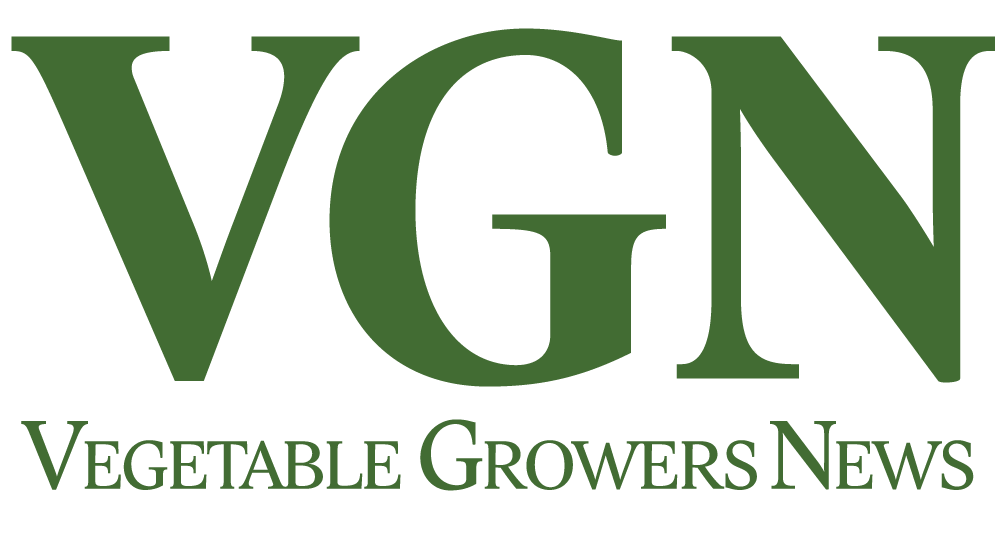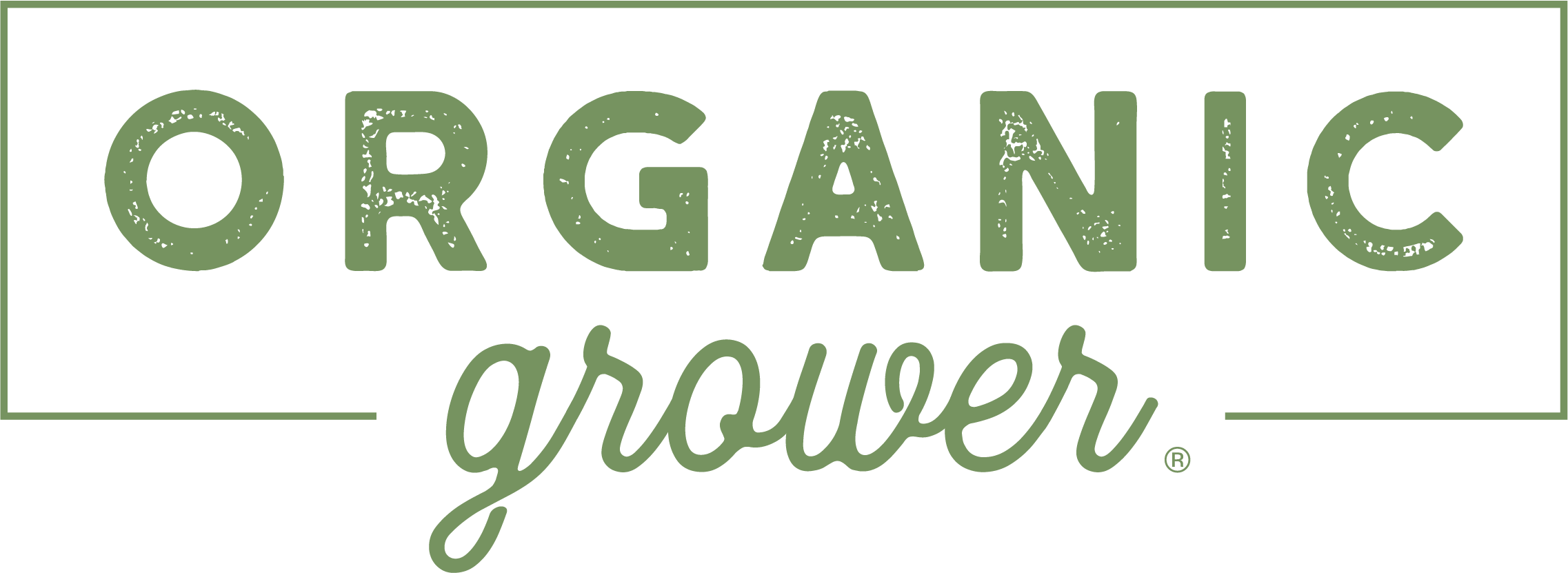
Oct 8, 2025IFTA summer tour shows Canadian tree fruit methods
The International Fruit Tree Association’s (IFTA) summer study tour showed growers how southwest Ontario orchards successfully grow apples, pears, peaches and other tree fruit.
The three-day bus tour took participants through a broad swath of Ontario’s tree fruit orchards and operations on the Niagara Escarpment, a massive limestone cliff running through Ontario that aids tree fruit growth along the southern shores of Lake Erie and Lake Ontario.

The Fruit Wagon
At The Fruit Wagon, Leslie and “Farmer Doug” Balsillie grow apples — including cider apples — pears and peaches 900 feet from the shores of Lake Erie in Harrow, Ontario.
“Since 2018, we haven’t planted an apple that didn’t arise from a potted plant,” Doug said. “We are really sold on potted plants, potted trees.”
In January, the Balsillies request varieties in February from a nursery they partner with, where plants are started in the greenhouse and planted once frost danger passes.
Growing tree fruit in a region that used to be big in growing processing tomatoes works well for potted plants that are treated like tomato transplants — babied with watering and protected from the wind before transplanting, Leslie said.
“We would fasten it to that support and never let it blow around, because as soon as the tree’s blowing around, it’s producing ethylene and stops growing, and we want to keep it growing,” she said. “Because the roots never get ripped out of the ground, and they grow through that little sleeve, you never get transplant shock. Those roots do much better than when we plant bare-root trees, and we’ve planted them side by side. The magic is in the second year, when we’re trying to get to the third or fourth wire, depending on the vigor of the variety. But we do push them.”

Thwaites Farms
The father-and-son team of John and Nelson Thwaites at Niagara-on-the-Lake’s Thwaites Farms grows peaches and pears. They began experimenting with root pruning two years ago and found that summer pruning both sides wasn’t ideal.
“So now we’re doing one side, alternating one year then the next,” said Nelson Thwaites. “Since last year was the first year, on some farms we did everything, but going forward on growier (favorable) soil, we’ll do it every year after the summer and after leaves fall. On certain varieties and on certain soil types, we’ll probably skip a year.”

Thwaites uses platforms for its orchard chores and machine harvesting. Platform picking didn’t work well for Thwaiteses’ Jamaican harvest crew, which harvests asparagus in the spring and peaches throughout the summer before the fall pear harvest.
“They didn’t care about the machine,” Thwaites said. “They were just happy to pick pears, and the guys on the machine felt like they were being punished because they weren’t with the rest of the crew. It was a bit of a challenge, too. Sometimes the machines don’t actually speed them up; sometimes it slows the crew down, so we’re not planning on going to mechanical harvesting.”

Don Thompson Orchards
Labor is also a big issue for Cedar Springs’ Don Thompson Orchards, which grows apples on 2-x-10 and 13-x-5 spacings on M.9 rootstocks. The orchard also employs platforms for harvesting, pruning and other chores.
“Labor is killing us,” said Don Thompson. “On platforms, we usually put two men in there, and it allows us to get going on the tops early and in any variety because that’s certainly where the early color is. In full season, the men on the platform can outpick the guys on the ground with no ladders. I don’t know whether it’s fast or slow, or because you have a little better fruit sometimes in the tops, but if I can consistently get two guys that can pick 10 or 12 bins a day, that’s a great picker for us.”
When procuring Ambrosia nursery stock in the past, the only rootstock the nursery could provide Thompson was B.9s, which were precocious — meaning how quickly a plant goes into full production after planting — overgrowing trees.
“When we’re pruning, if you’ve got a 2-foot tree, we shoot for never a branch more than 1 foot,” he said. “But you have to circle that around the tree. So every time I planted a closer planting, the branches got shorter, so I still had the same space between the rows. We just kept bringing the rows closer and closer. Some we got down to about 9.5 feet, but then we started having issues with color on the bottoms because I just can’t get away from wanting to grow this nice, tall, fantastic-looking hedge row. Then there was nothing to pick on the bottom.”

At the top
In the last two years, Thompson has been removing three feet off the tops.
“We didn’t seem to lose any production,” he said. “We had a little bit of crop in the bottoms, which, at all the IFTA meetings I’ve ever gone to, it’s like, ‘Oh, it’s light.’ So the hard-knocks thing is: shorter trees are better and you’ll still get production on them.”
The tour also visited other growers, including growers of winegrapes and strawberries, as well as research centers.
IFTA’s winter conference is scheduled for in Fresno, California, with its 2026 summer tour set in New York’s Hudson Valley.
— Doug Ohlemeier, Assistant Editor
















